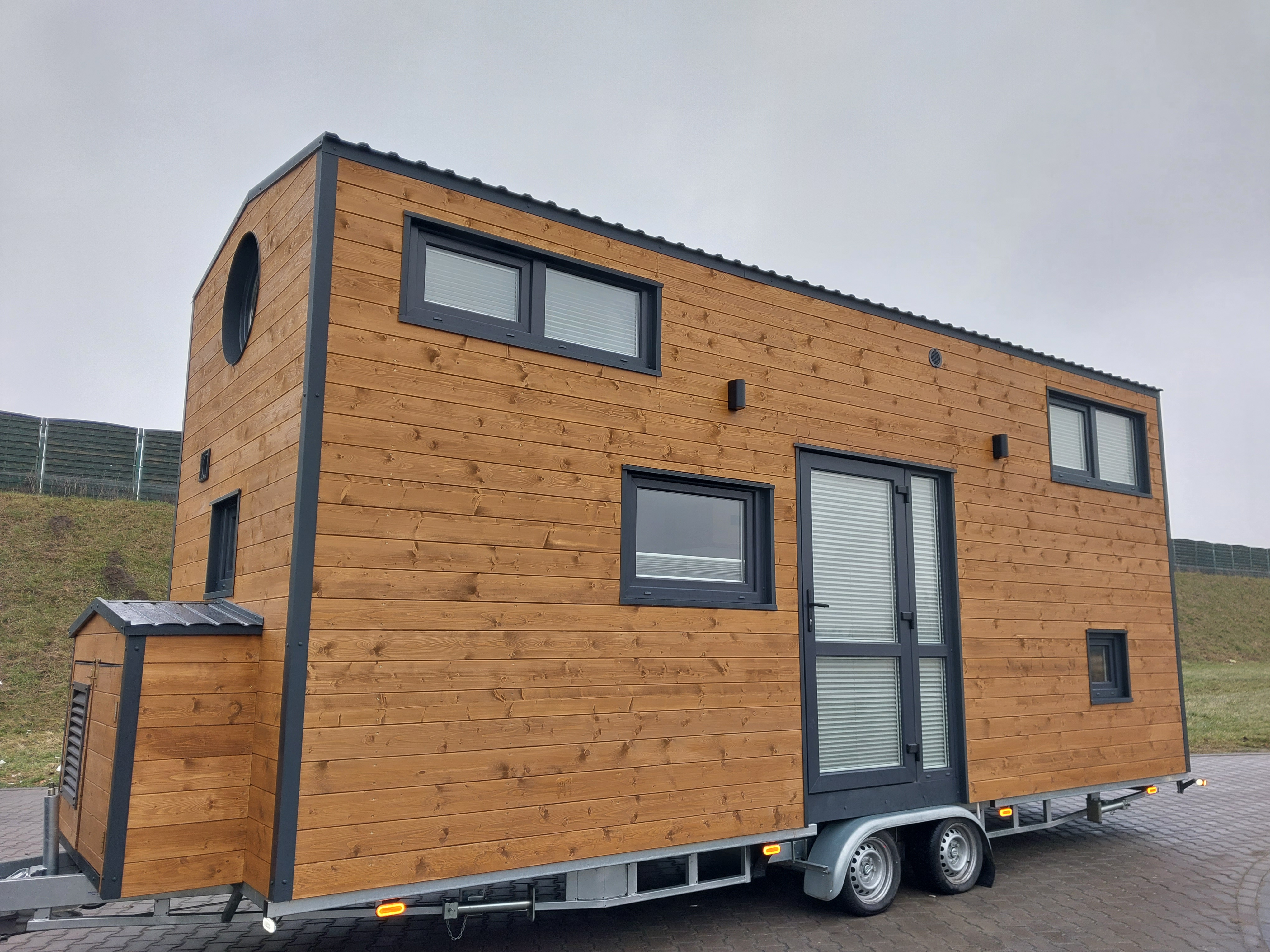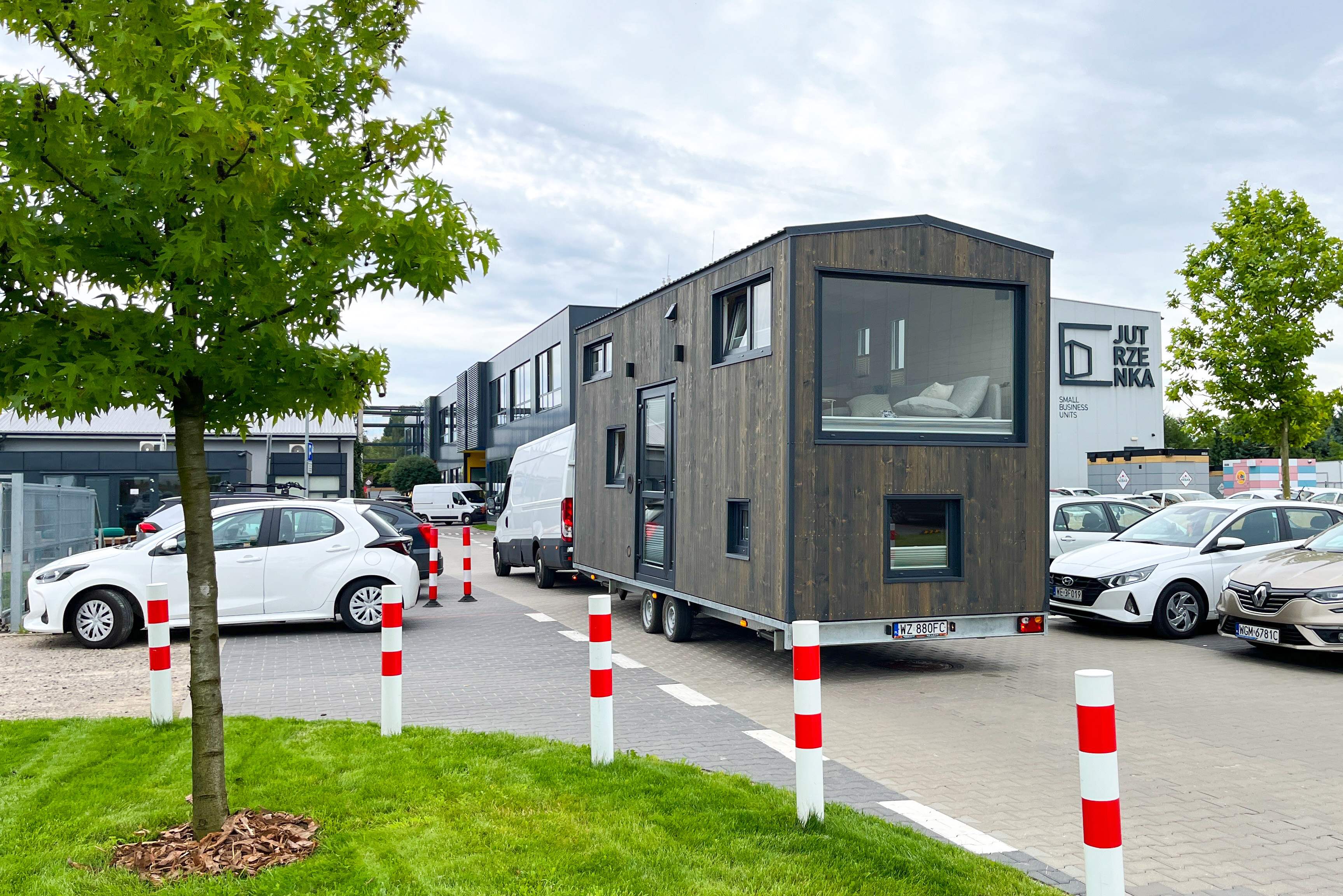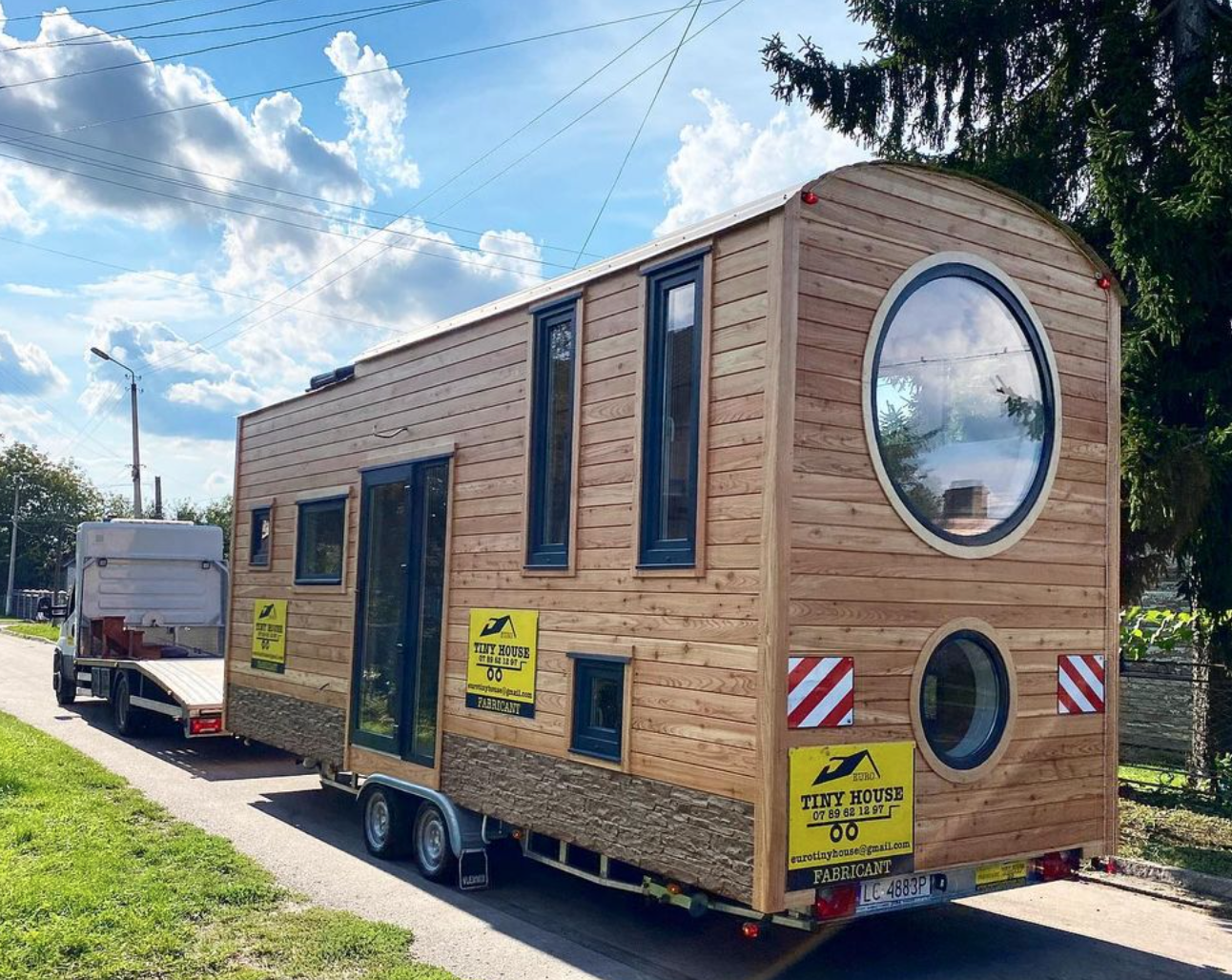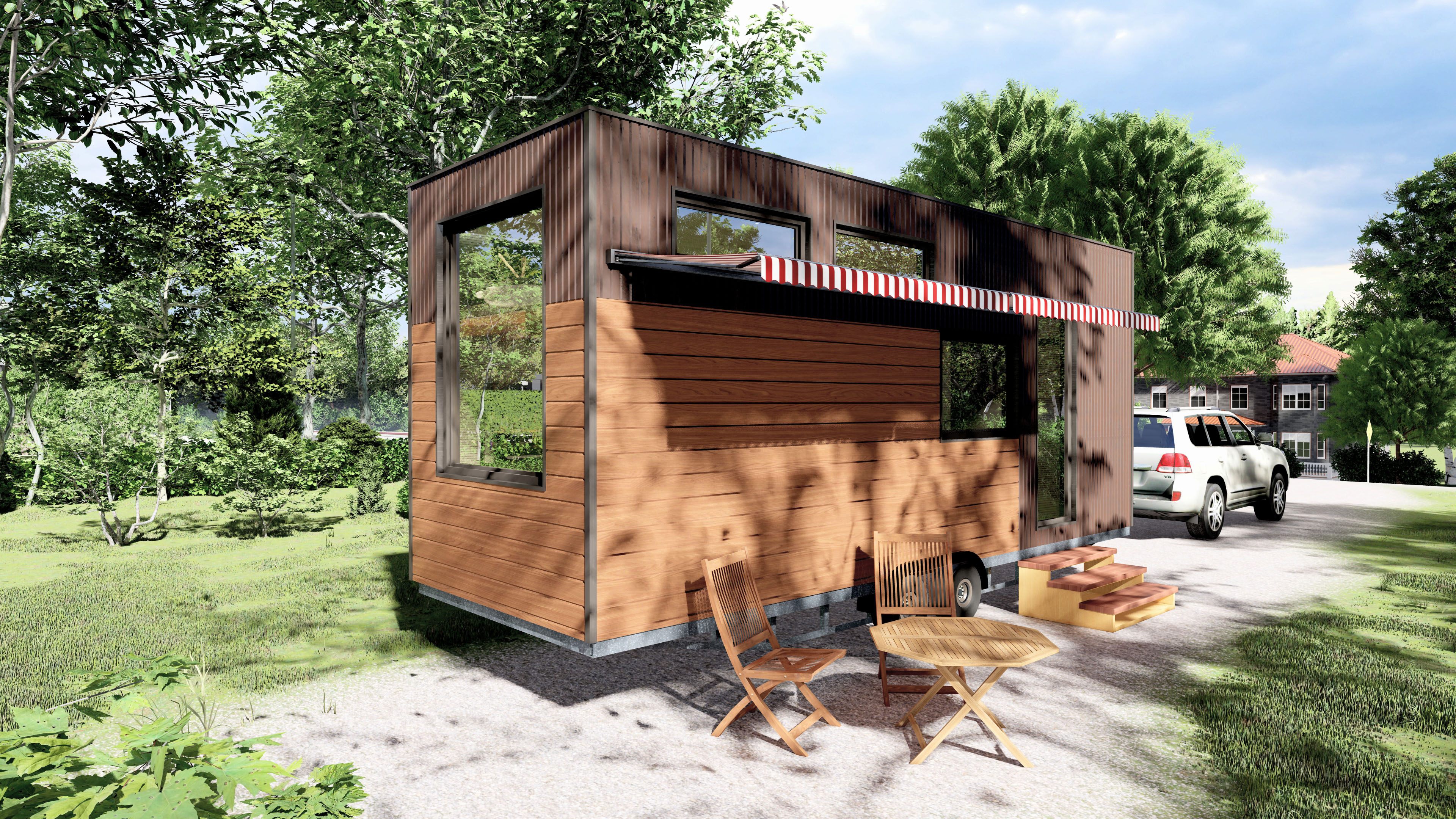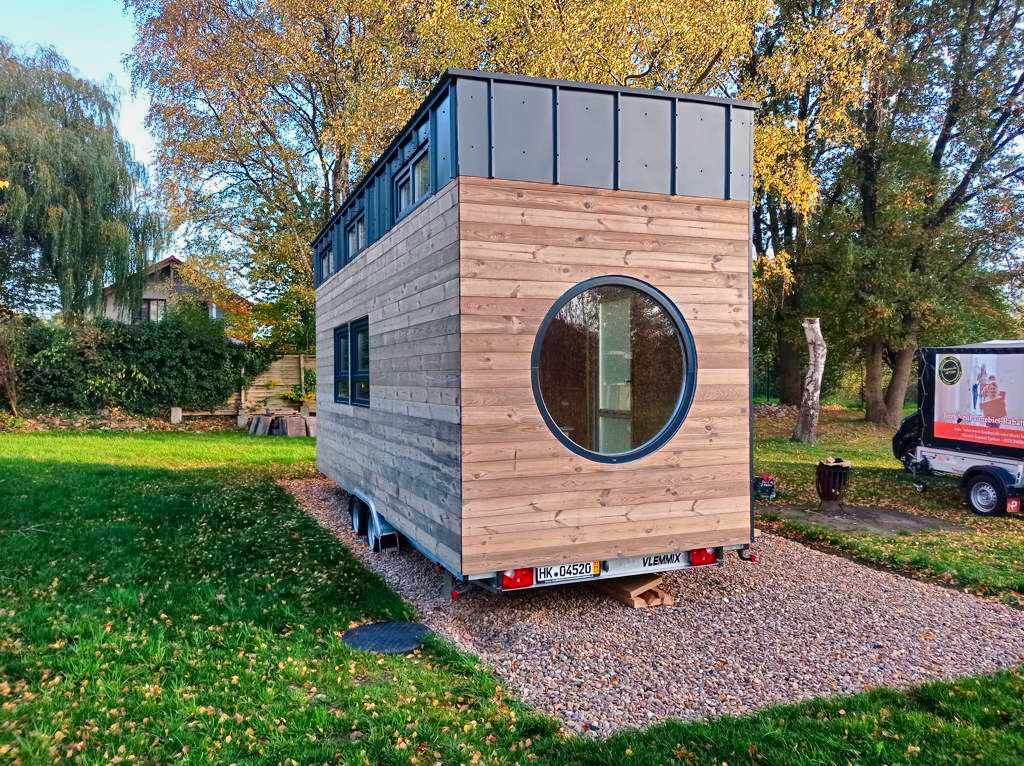04/09/2023
Tips for Building and Living in a Tiny House
In a world where sustainability and efficiency are becoming increasingly important, Tiny Houses are gaining greater popularity. These tiny living spaces not only offer an eco-friendly way of living but also promote a minimalist and liberated lifestyle. If you're thinking about buying or building a Tiny House, here are some important tips that can help you in your endeavor.
Here are some advantages at a glance:
- Sustainability: Tiny Houses require less energy and resources for construction and operation. You can use solar power and collect rainwater to minimize your ecological footprint.
- Financial Freedom: A Tiny House is significantly more affordable than a traditional house. You can save money on both construction and ongoing costs.
- Minimalism: Living in a Tiny House requires focusing on the essentials and letting go of unnecessary clutter.
- Mobility: Some Tiny Houses are mounted on wheels, giving you the freedom to change your location without leaving your home.
for 2 persons.
for 3-4 persons.
for 2 persons.
Tips for Building a Tiny House
Needs and Priorities: Make a list of your needs and priorities. Consider what activities you will do in the tiny house and which spaces are necessary. Prioritize what is most important to you, whether it's a comfortable living room, a well-equipped kitchen, or a spacious bathroom.
- Space Layout: Create a sketch or model of the floor plan. Think about how the rooms interact with each other. Place features that should be connected in close proximity to optimize the flow in the tiny house.
- Multipurpose Furniture: Look for furniture that can serve multiple purposes. A pull-out dining table can double as a workspace or additional space when needed. Beds with storage underneath provide space for clothing or items.
- Storage: Incorporate ample storage into your designs. Consider clever solutions like hidden cabinets, built-in shelves, or bed cabinets. Utilize vertical space to store items without taking up additional space.
- Kitchen: Determine the scope of your kitchen. Consider cooking appliances, countertops, and storage for food and kitchen utensils. Think about space-saving options like retractable countertops or wall shelves.
- Bathroom: Decide whether a full bathroom or a wet room is sufficient. Choose space-saving fixtures and consider whether a shower or bathtub is more suitable.
- Sleeping Area: Design the sleeping area to be comfortable and cozy. Consider how the bed fits in the space and whether a loft bed can free up the space below for other purposes.
- Technical Equipment: Plan the placement of outlets, switches, and lights carefully to efficiently illuminate the space and facilitate the use of electronic devices. Consider heating, cooling, and ventilation.
- Insulation and Energy Efficiency: Choose insulation materials that match the local weather conditions. Ensure that the tiny house is well insulated to reduce energy consumption and increase comfort.
- Budget: Define your budget for building the tiny house. Consider not only material costs but also expenses for permits, insurance, and interior furnishings. Plan a financial reserve for unforeseen expenses.
- Schedule: Create a realistic construction schedule. Consider all construction phases, from the basic structure to interior furnishings. Take into account potential delays due to weather conditions or material deliveries.
- Practicality: When choosing design elements and furniture, always consider practicality. Each element should be functional and contribute to space optimization.
Thorough planning can ensure that your tiny house meets your individual requirements and is functional and comfortable.
When choosing materials for building a Tiny House, there are some important considerations to keep in mind:
Sustainability: If environmental friendliness is important to you, choose materials that are recyclable, reusable, or come from renewable sources. Wood from sustainable forestry, recycled building materials, or ecological insulation materials are examples of eco-friendly options.
Weight: Especially in the case of Tiny Houses on wheels, weight is a crucial factor. Lightweight materials like aluminum or composite materials can reduce the overall weight of the house and make transportation easier.
Durability: Select materials that are durable and resistant to weather, fire, and wear and tear. This ensures that your Tiny House remains well-maintained over time.
Cost: Consider your budget when choosing materials. Sometimes, high-quality, more expensive materials can save costs in the long run as they require less maintenance and repairs.
Aesthetics: The choice of materials influences the aesthetics of the Tiny House. Consider what style you want to achieve, whether it's rustic, modern, industrial, or traditional.
Local Regulations: Ensure that the chosen materials comply with local building regulations and standards. Some materials may not be permissible in your region.
Insulation Capability: The choice of insulation materials affects the energy efficiency of the Tiny House. High-quality insulation can help keep heating and cooling costs low.
Labor Intensity: Some materials require more expertise and time for processing. Make sure you have the necessary skills or access to professionals who can use the materials correctly.
In the end, material choice should align with your needs, budget, and individual style. If you are unsure about which materials are best suited, you can seek advice from experts such as architects or construction managers.


